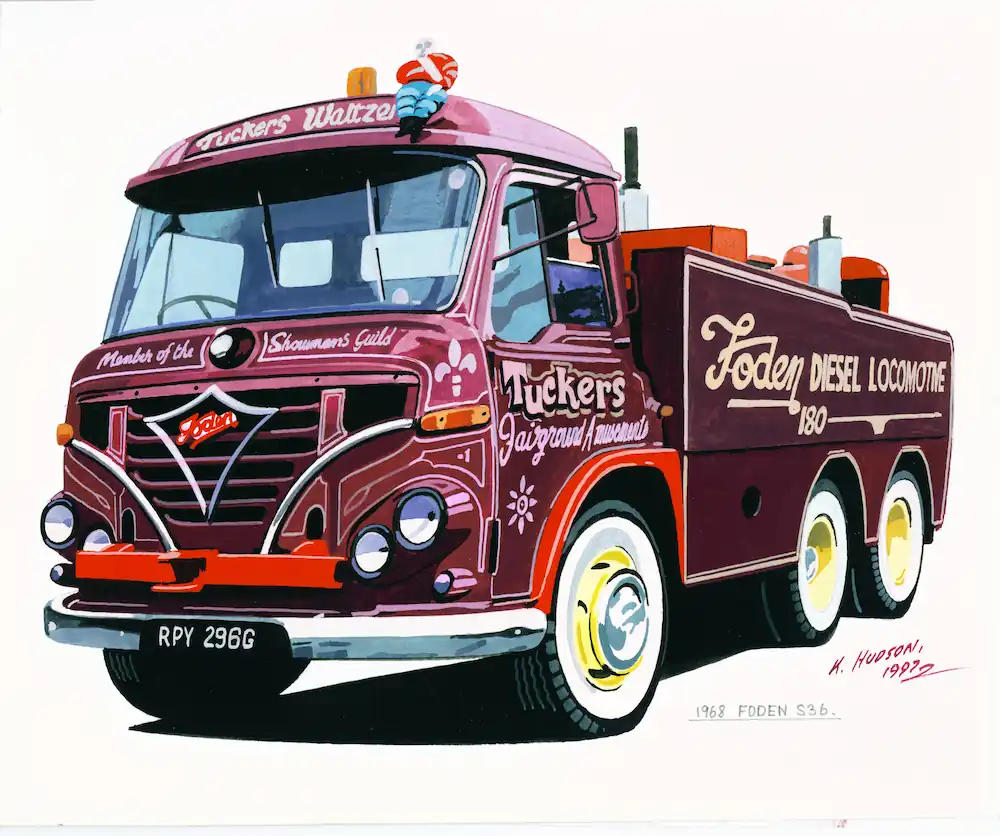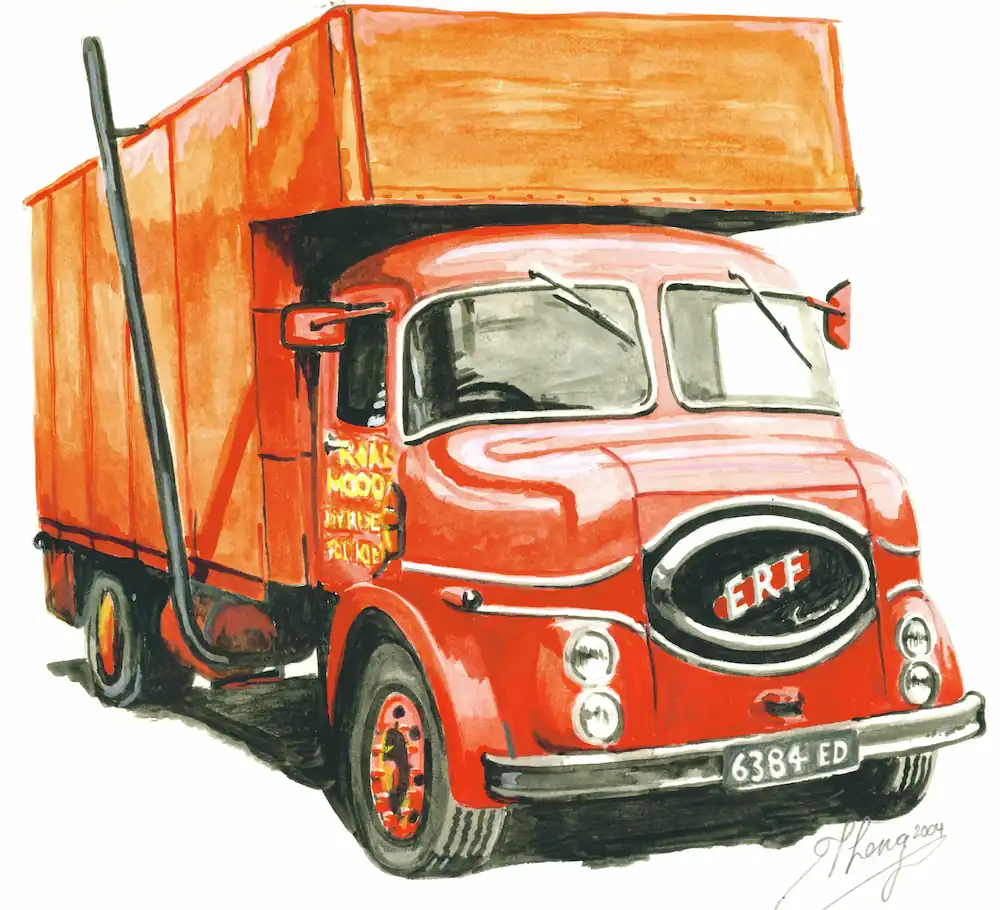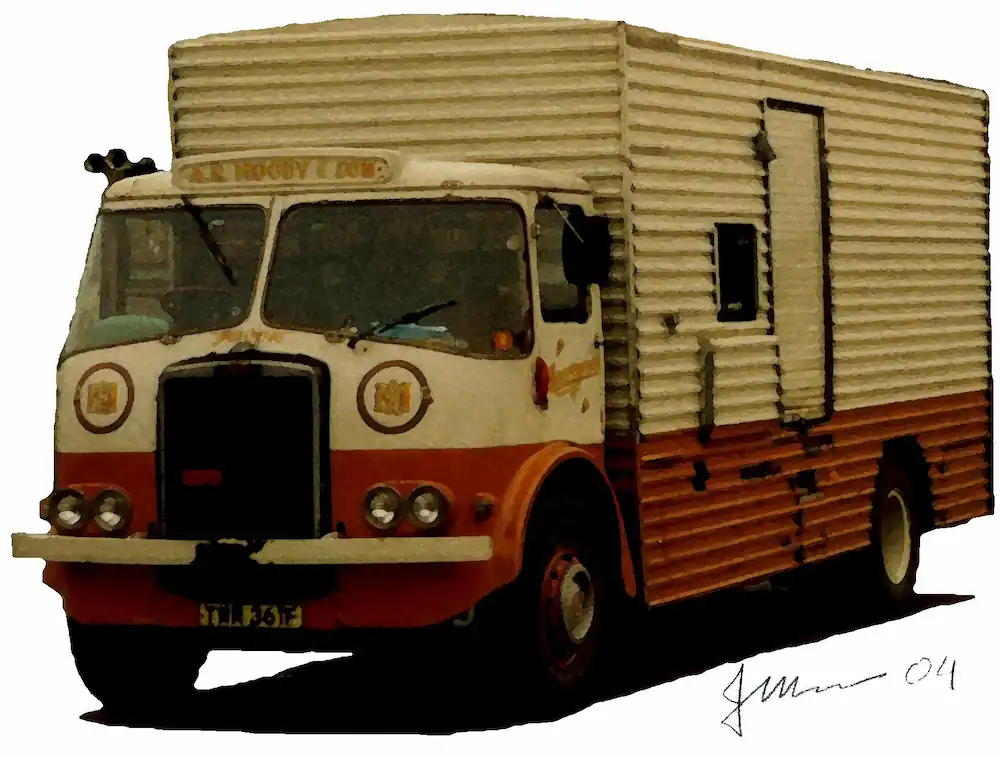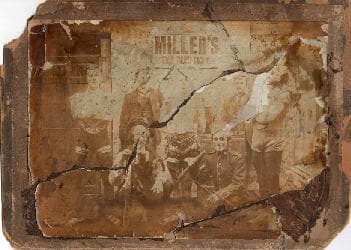At one time, catering units, be they on the fairgrounds or at private events, tended to be basically a box. Nowadays however there are some really crazy catering units available, so that not only are you getting great food, you also get a centrepiece for your event.
We are going to take a look at some of the craziness out there, ranging from pizza’s being dispensed by fire engines, to something that looks like its driven straight off the set of Mad Max.
MAXImus MiniMUS
This is definitely one of our favourites. Resembling some post apocalyptic street food vendor that wouldn’t look out of placing serving a burger to Mad Max himself. Build to resemble a pig, with a snout and ears, it was built in 2009 for Kurt Beecher Dammeier, it took its name from the two ranges of food it served, one with a heavy sauce (MAXImus) and a lighter range (MiniMUS). Sadly from what we can see it appears to have closed down in 2017
Baby’s Badass Burgers
We love this concept, though with the way things seem to be going we are surprised it hasn’t been protested. Set up by an ex restaurateur and an event planner, this has a definite attractive lady vibe. With burger names such as Cover Girl, The Other Woman, She’s Smoking and The Good Wife, and Burger ‘Babes’ (attractive female serving staff), to spread the burger goodness. The company now has a number of franchised operations outside of it’s home of Los Angeles, so obviously it works well.
Snog Yoghurt
A natural frozen yoghurt dessert, sweetened with agave nectar and under 140 calories. What’s not to like. So when you need your first mobile store what immediately springs to mind. It’s obvious isn’t it, an ex London A.E.C. Routemaster bus. Built by a company specialising in luxury bus conversions, the original Snog bus opened in London’s Southbank in 2014.
Military Pizza Truck
Built into a 6 wheel drive, ex military truck, this is another candidate for catering in the Mad Max era. This one is kitted out as a pizza truck, but maintains it’s military colour scheme and feel. It’s also available for pretzels, popcorn and various other dessert options.
Space Shuttle Cafe
This one is an extreme conversion. TBH, I can’t see you getting this past the DVLA in this country. It is built to resemble the space shuttle, but it’s not a converted commercial vehicle as you would expect, no sir, this one is an actual Douglas DC-3 airplane fuselage, that has been fitted with running gear and an engine. It has a commercial kitchen and rest room built in.
Pizza Fire Engine
This is one of our favourites, so much so that we are actually carrying out a feasibility study to see if it’s something we can emulate for our own range of catering options. There are a number of versions plying their catering trade, including a couple of examples in good old Blighty. We particularly like the Company 77 effort, with a working water cannon (good for keeping the queue in order) and a photo booth built into the jump seat.
Airstream Catering Units
Originally built as caravans designed in America in the 1930’s. The sleek shape and highly polished aluminium finish is unmistakable. A number of companies make similar models, but Airstream is the oldest. For decades NASA used a modified Airstream trailer to transport astronauts to the launch pad. They have become increasingly popular for use as catering units both in the States and Europe.
Westport Flea Market Burger Van
Not strictly a burger van, this is more of a promotional item to advertise the Flea market Bar and Grill. But we included it just because of the sheer quirkiness, and the work that has gone into it.
Snowcat Burritos
If you happen to be skiing in the Mammoth Mountain Ski Area, in Sierra Navada, and you are hungry. Then you are in luck, as they have a burrita stall built into an actual snowcat. Well, they actually have two, one serving burritos and the other Calzones. They are also planning to add churros with strawberries and cream.
Keep checking back as we will add more examples as we come across them.






